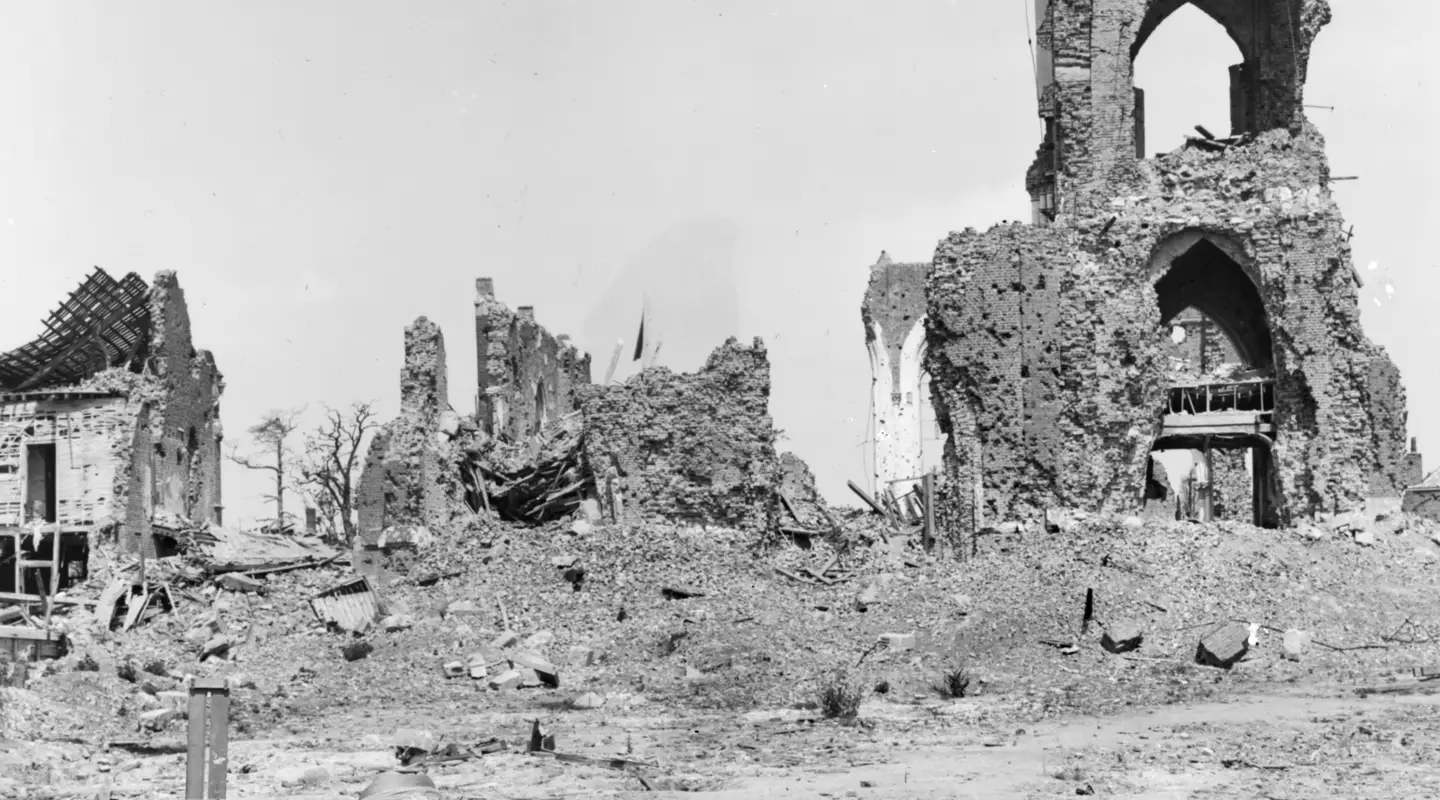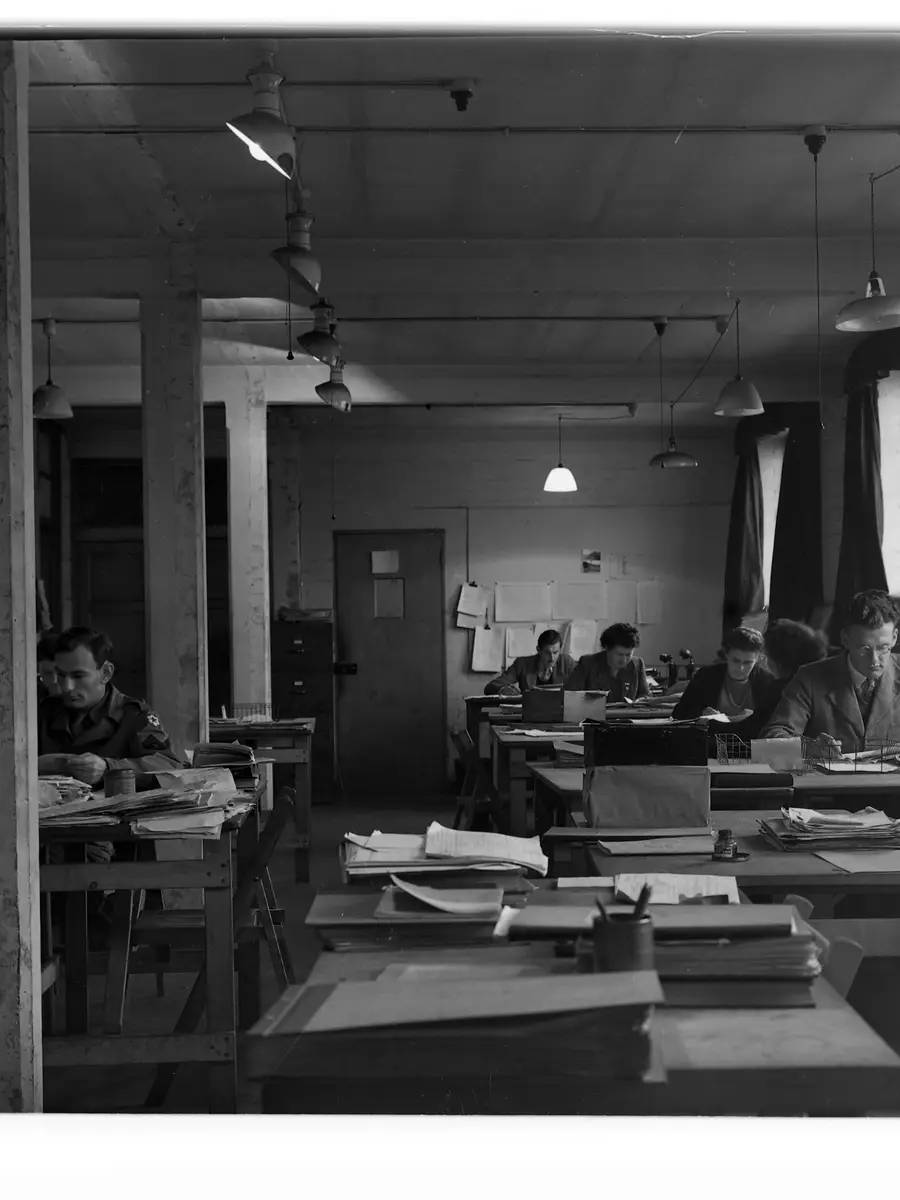Evelyn Chapman was one of the first Australian female artist to portray the aftermath of the First World War on the Western Front.
Join Lara Nichols, Curator of Art at the Australian War Memorial, as she offers expert insights into Chapman’s artworks of war-torn landscapes.
Through Chapman's delicate yet haunting paintings, we witness not only the physical devastation left by conflict but also the quiet resilience in those affected.
Evelyn Chapman was the first Australian woman artist to depict the destruction of the Western Front in the immediate aftermath of the First World War and her story is really remarkable.
When the First World War broke out in 1914, the fashionable young Australian painter Evelyn Chapman was busy building a promising career in Europe.
Her father was a member of the Imperial War Graves Commission as part of the New Zealand contingent and remarkably, for whatever reason, he decided to bring Evelyn with him and that led to this group of paintings being made on the spot in the battlegrounds of France at the time.
The Australian War Memorial has seven of these very rare paintings and today I'm going to take you on a closer look at those works.
This is the actual painting that Evelyn Chapman is working on in that wonderful black and white photograph of her painting amongst the ruins in Villers-Bretonneux. These incredible impressionist brushstrokes that she's using.
So this pool of light here is really literally just one quick brushstroke of yellow-orange paint and these little red poppies emerging from the rubble are just one little dot of red paint to create the image of that flower and of course the sun bursting through the clouds to illuminate what was once the bell tower of this exquisite church which is now, as you can see, just a skeleton of its former self.
But it is a remarkable work of art and I think it really does give this sense of what it felt like for her to be sitting there in the shadow of these churches that are now ruins and painting them.
Evelyn painted this remarkable dashing portrait of her young cousin Captain Edmund Cornish when he came to visit the family in St Ives in Cornwall in 1917.
And we can see here he wears on his uniform the ribbon of the Military Cross and in the centre of it is the rosette and that actually indicates that he in fact was awarded the Military Cross on two occasions.
It would have been a very exciting time for them all especially during wartime and I think you get that sense in the portrait.
I think when she visited Villers-Bretonneux she was personally invested in the sorrow that's just so inherent and obvious in the ruins that she was painting and I think that's why she gets this sense of emotion in the works that she has made here.
We see the sun burst through the clouds touching on the edges of a blown out window of a church.
We see poppies springing forth from the rubble of a bunker.
She's really capturing the dark and the light of the scene before her because I think she sees war as a combination of tragedy, sorrow and hope and peace and she's there in peace time and yet she's seen the darkness of the destruction.
She's remembering her cousin but she's also remembering that he survived and was repatriated.
So I think it's a very emotional experience for her to be sitting there amid the ruins at the end of the First World War.
This is absolutely her lasting legacy and has made such an important contribution to not only the Memorial but to Australia as a nation.


